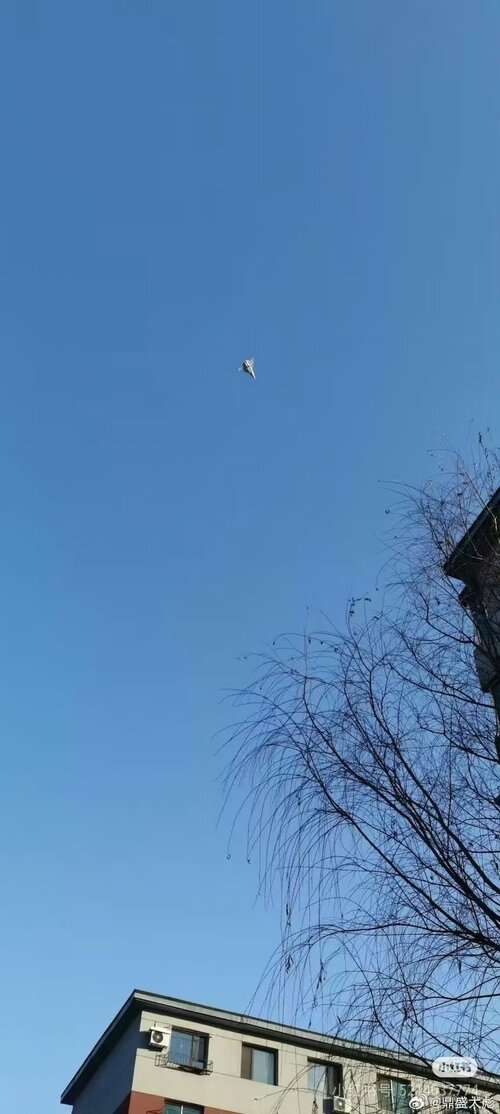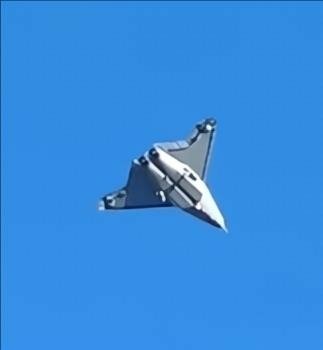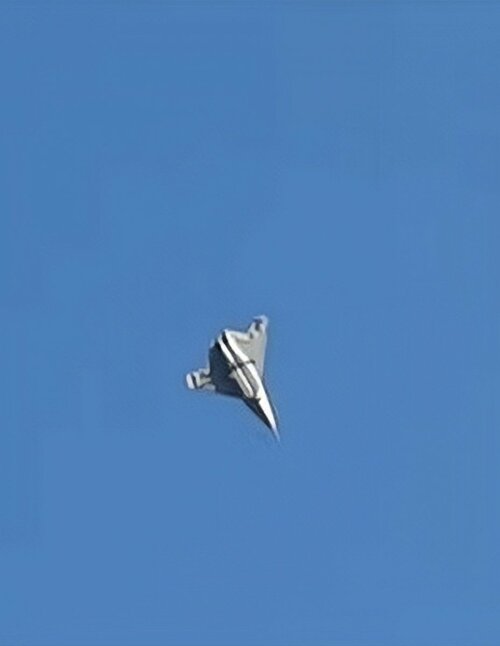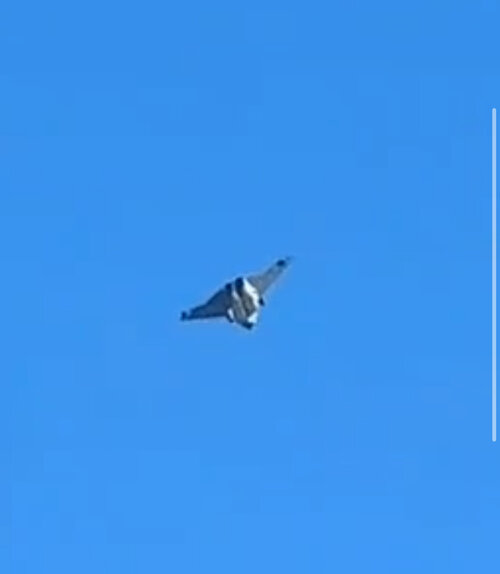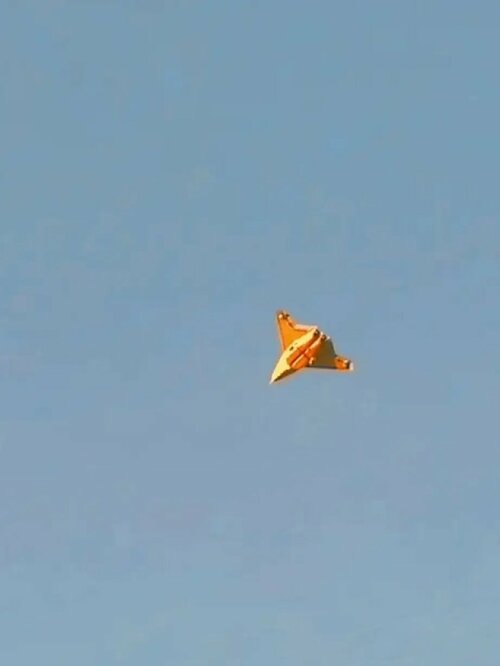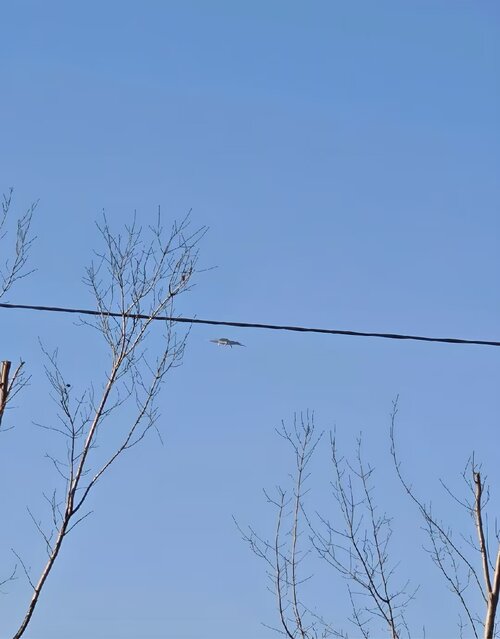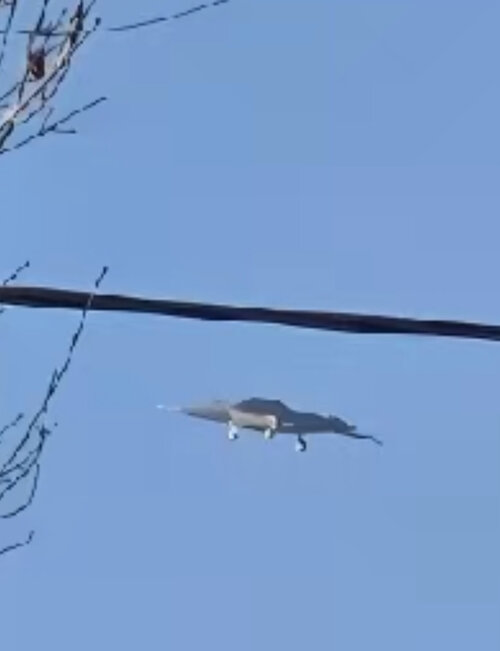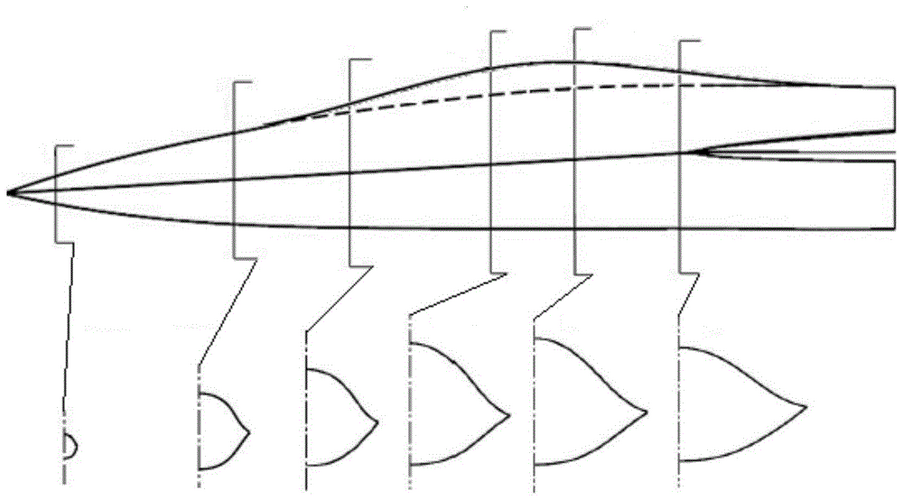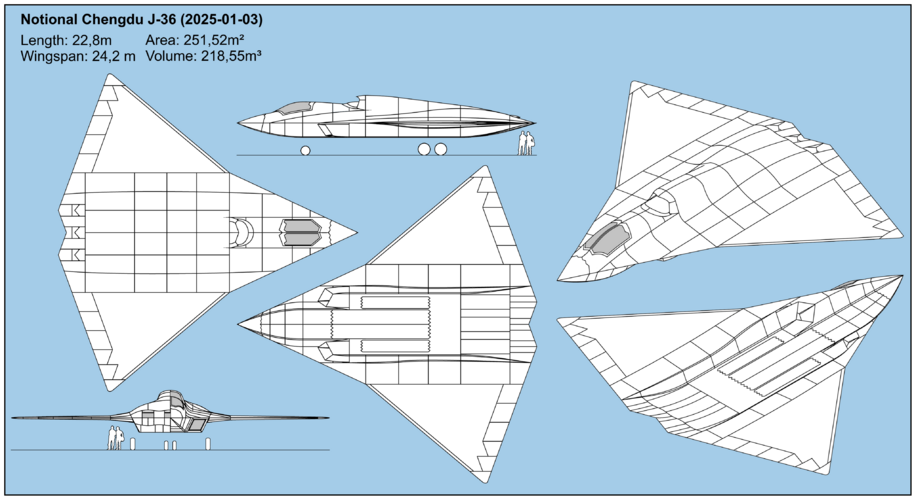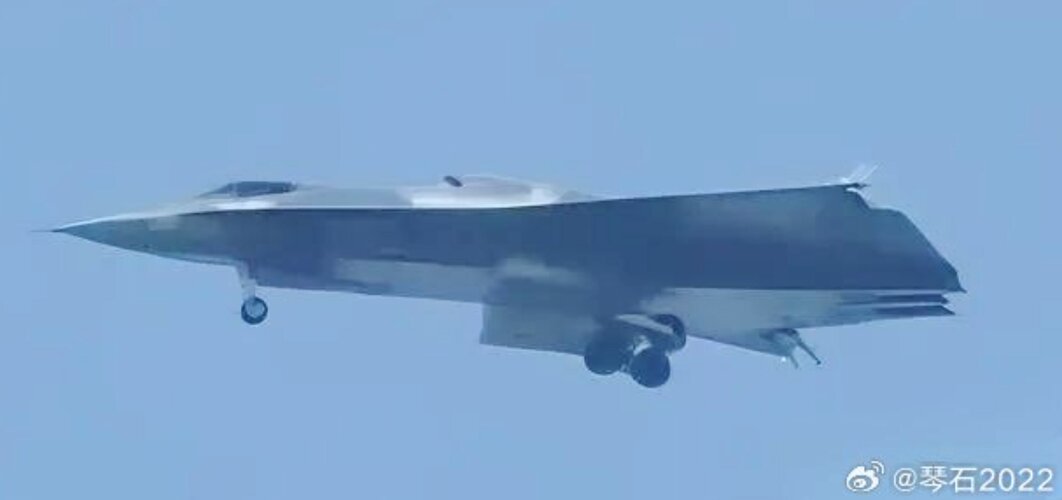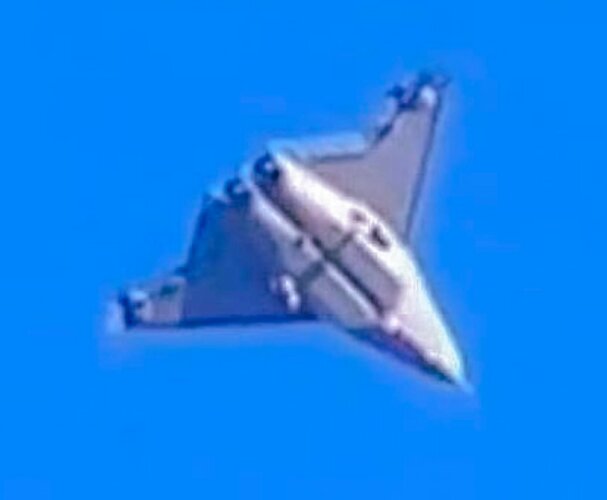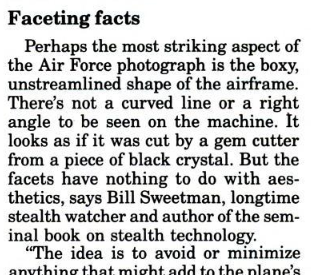I have a question that I was wondering about.
Imagine you're the head of the PLA. You're developing new generation of combat planes. You're possibly in midst of an arms race with the US.
Why do you go so public about it all, the way China has gone public? Why don't you you try to test fly those things as covertly as possible?
What is it to be gained from being so open about it?
Sure, the US intelligence community might be tracking your progress nevertheless. Though it's doubtful they'd necessarily get as good photos of the prototypes through their regular spy channels this quickly and this easily.
But why show it off to the wider audience? Doesn't that only create further political pressure on the US congress and then the DoD so US next gen programs get more financing and get a kick in the butt? How does that benefit you, as the head of PLA who presumably wants to win the next war?
Lets for a moment forget the inner chinese politics and grandstanding angle of it all. If that stuff is excluded, what palpable benefit does PLA get in going public? How does going public in this way help you win that next war?
I have a question -- why did you ask it here on Secret Projects? If you're wanting to get into the head of the PLA, this isn't the best place for it lol.
But to address your questions, my answers are from two complementary directions:
1. Due to the practical necessity of having it be built and tested at Chengdu's factory, and the need to have it tested during day time for its first flight (risk reduction and all that), it would be virtually impossible for it to not be leaked out by the public anyway. Which is to say, I suspect they realized the effort to genuinely, fully conceal it would take far too much effort for questionable and unknown benefits. Furthermore, it is virtually guaranteed that people have already taken better quality images of this thing but were warned to not share it, and it's possible that people who took and shared some of the imagery that we do have, were given warnings already as well -- but once footage is out there, you can't truly take it down.
2. The PLA themselves have not actually been particularly open or public about this new aircraft -- I would say that when we account for differences in social media and smartphone prevalence today, the amount of information and imager we got of this thing is about similar to what we got for J-20 back 14 years ago. Things are just way harder to conceal these days.
Certainly, comparing J-36 with other big ticket US projects such as B-21 (official name and concept art in 2016, rollout in 2022 with official pictures, first flight in 2023 with official pictures and news), or even NGAD (we've gotten play by plays of its developmental process and updates over time), J-36 is positively secretive. We don't even know its official name yet, which is par for the course.
So I suppose my answer is a combination of "they haven't been very public or open about it to begin with" and "concealing it more than they already have would be very difficult".

